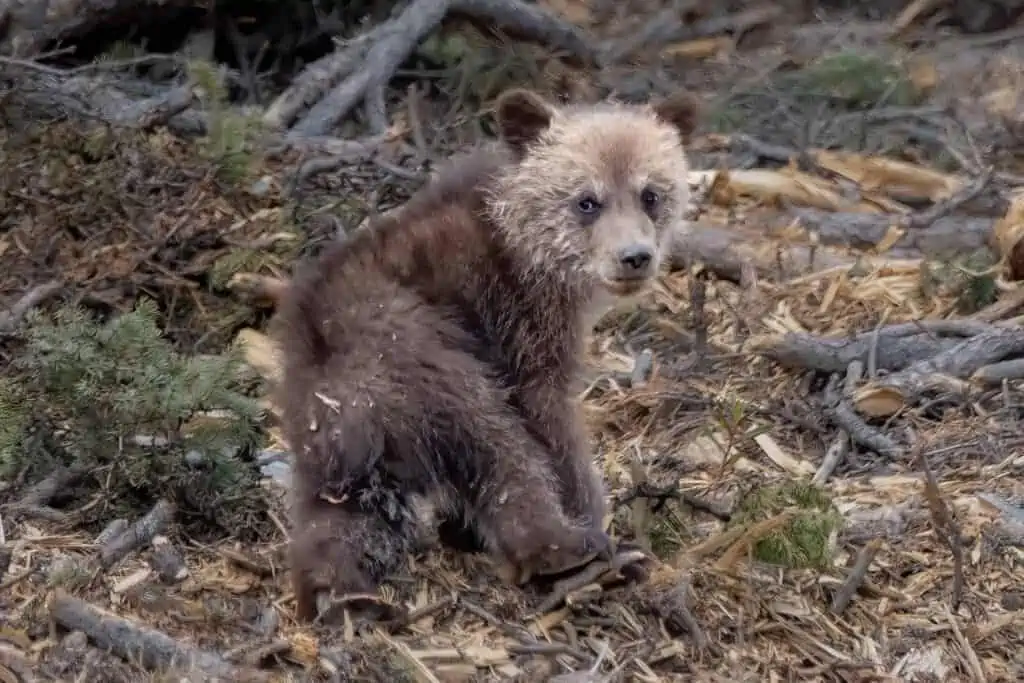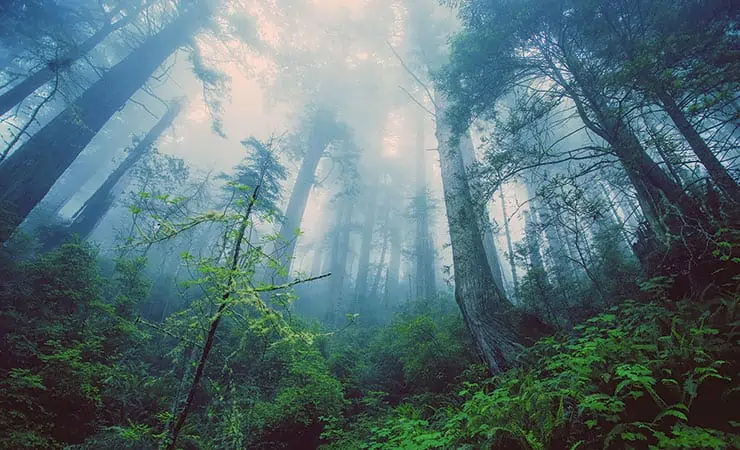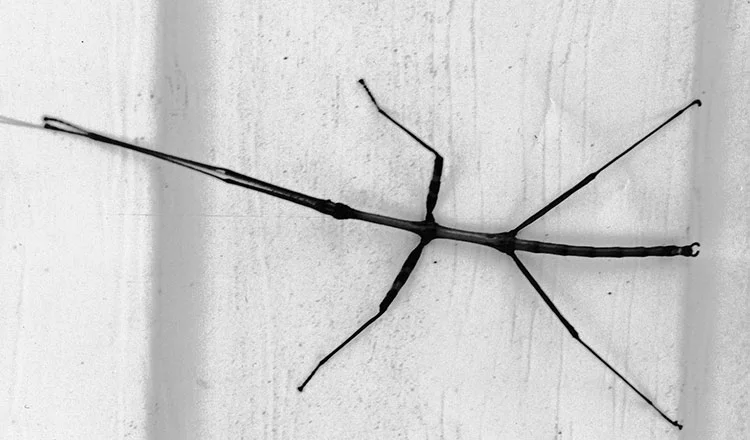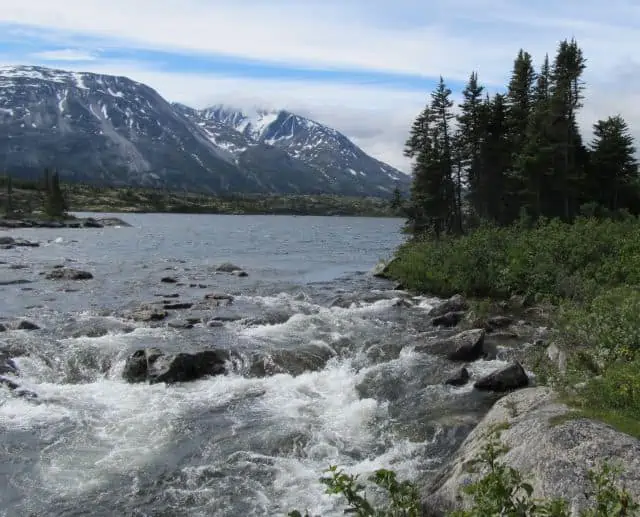Apparently forest bathing is big in Japan. It’s viewed as a way to reduce stress, and it has healing effects.
We’re lucky to be encircled by forests, so we’ve got plenty of options of where to forest bathe – which, by the way, is not an activity performed naked. The idea is to leave the hubbub of life behind, slow down, and soak up the experience of being in a forest.
A 20-minute drive north of Whitehorse will bring people seeking a dose of forest to the parking lot of the Gunnar Nilsson & Mickey Lammers Research Forest.
From that point there are five trails that offer a path into the wild beauty of a Yukon forest-with-benefits.
The benefits include: potties, amazing views, hidden treasure, and signs offering information about things like native plants and First Nations culture.
With a name like the Research Forest, one wouldn’t automatically assume that normal people are invited to drop in and enjoy themselves. The name sounds like the kind of place where trained professionals are conducting research. And that is the weird thing about the Gunnar Nilsson & Mickey Lammers Research Forest: there is valuable and serious research going on here, and the public is welcome to forest bathe.
Research forester Robin Sharples says the Yukon government would like us all to enjoy ourselves at the Research Forest. They’ve even just installed a forest-themed playground there in July.
“The main focus is research, but there’s a great recreational and educational quality to the Research Forest,” Sharples says. “People like to snowshoe and ski out here, and in the summer it’s hiking, geocaching and biking.”
For the uninitiated, geocaching is a phenomenon that is taking off around the globe. There are more than 2 million hidden stashes of stuff around the world, including in countries like France, Turkey and Costa Rica. People use GPS to find the caches; then take something, leave something, and sign the logbook.
In the Research Forest there are 10 geocaches hidden along the trails, and the only hope of finding them is to download the GPS coordinates from the worldwide geocaching headquarters, www.Geocaching.com, onto a smart phone or GPS device.
The coordinates lead to the approximate location, then one must use powers of observation and human psychology to actually find the lunch-box sized cache. Inside is a laminated education card, a logbook, and trinkets.
“The school kids really love geocaching – so that’s what we do when we take them for a hike,” Sharples says.
But it’s not just the little kids who get a kick out of finding the geocaches.
The logbook reveals that people of all ages are into it; families, adult guys and youth have signed it. Even cougars – as evidenced by the following entry into a logbook at the Research Forest: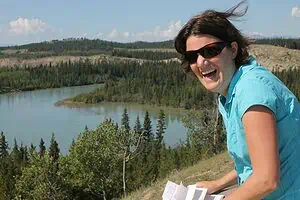
“Five older women (hot babes) found this cache – rather the dog did. Hot sunny day! Gorgeous view and trail – a hidden secret to one of us, who has lived here for 41 years and hiked a lot. For a good time call JJHEM!!”
Inside that cache on Aug. 13 was: brand new pencils with an army camouflage design, one Band-Aid, three pennies, a magnifying glass, and a tongue depressor. No doubt all of those things would come in handy for the right person on the right day in the right circumstance.
But aside from the treasure, the trails offer gorgeous views, whether you’re sniffing out a geocache or just strolling along, forest bathing.
One of the trails, the 4km Forest Science Loop, winds through five of the areas where research is being conducted. To really benefit from that trail, it would be a good idea to go to the Gunnar Nilsson & Mickey Lammers Research Forest webpage on the Yukon government site and check out what is being studied, so when you pass through the research plots, you’ll have a better idea of what you’re looking at.
The research largely centers on how climate change impacts forests, however, the Yukon Agriculture branch is also doing some research. They are comparing different methods of growing food crops to see what works best in the Yukon climate – and the bounty is donated to the Food Bank.
The Gunnar Nilsson & Mickey Lammers Research Forest is 248 hectares (612 acres), with trails that wind around half of that area. It is located on the North Klondike Highway, 1 km north of the Takhini River Bridge. For more information contact Robin Sharples at [email protected].

